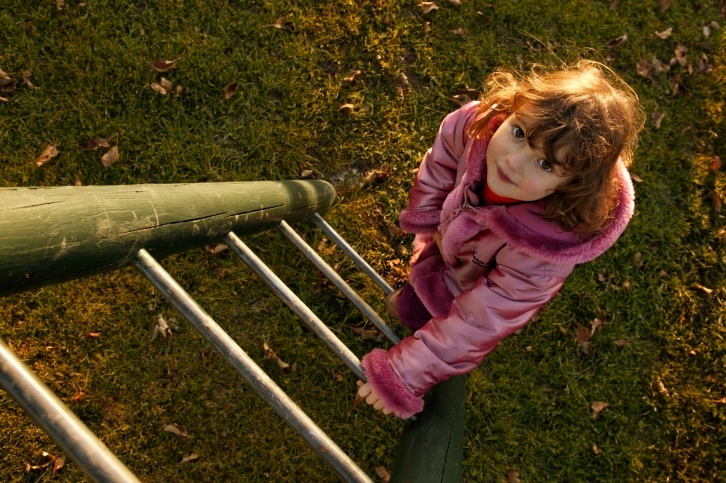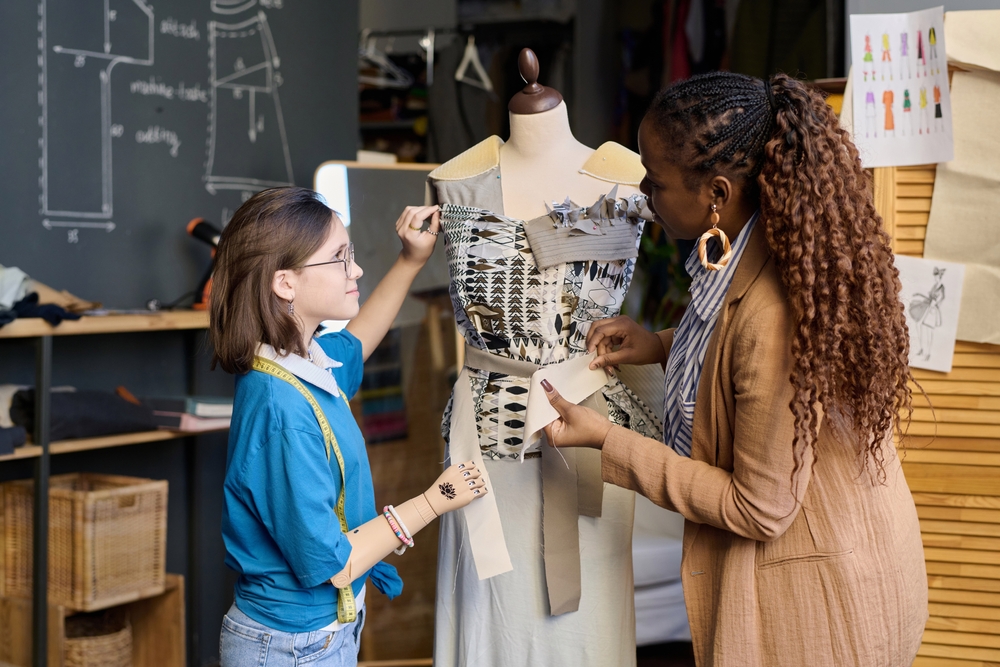Playgrounds provide a great source of exercise and a place where children can socialise, play creatively, and test their skills.
23 July 2013
| Last updated on 19 December 2017
While injuries are often thought of as a normal part of play, some injuries are more serious and can prevent a child from getting the most out of healthy, physical activities.
Here are a few simple tips to help keep your child safe at playgrounds:
Before using the playground, remove helmets, scarves and drawstrings. Avoid playing with skipping ropes around the equipment.
Check the playground: it should have a deep, soft surface as well as handrails and barriers to prevent falls. Watch out for sharp objects or spaces where your child’s head could get stuck.
Supervise your child closely and ensure they know how to use equipment safely.
Teach them playground safety rules:
- To wait their turn
- Go down the slide feet first
- Hold onto railings
- Sit down on swings or slides.
Remember to keep away from moving swings and the bottom of slides.

It is recommended that playgrounds for children five years of age and younger be clearly marked and separated from equipment designed for older children.
If the playground does not have equipment labeled for younger children, you can use the following guidelines:
- If a child cannot reach the equipment by himself, it is likely too advanced for him and might be unsafe.
- If your child is under five years of age, they should not go any higher than five feet on equipment.
What puts young children at risk for injuries on playgrounds?
- Young children under five years of age are often hurt because they are still developing their balancing and climbing skills, which put them at increased risk for falls.
- They are more top heavy, and as a result, more likely to lose their balance and fall.
- Young children cannot yet understand risks and dangers.
- They need close adult supervision and playgrounds that are designed for their smaller size and stage of development to help prevent them from getting hurt.
Supervision
Children under five years of age are often injured because they are still developing their balancing and climbing skills, putting them at an increased risk for falls.
Stay close to your child and teach him or her how to play safely.
This means staying right beside children under five years of age.
Older children often like to test their limits and take risks, so supervision and keeping watch is important for older children too.


























.png?itok=HBSyMDok)




















































































.png?itok=0fOAXkOm)















.png?itok=EH_x0Pha)














